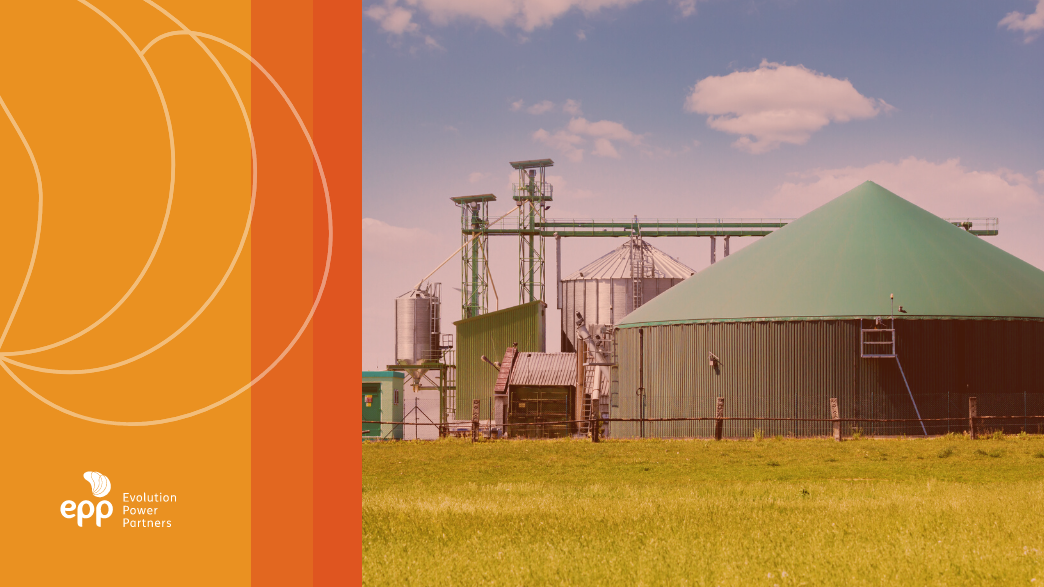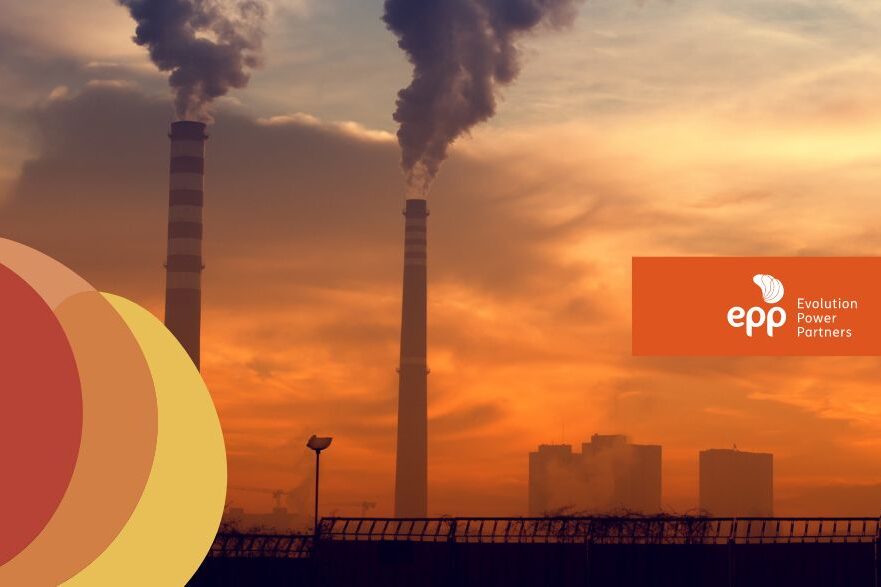How is hydrogen produced from biogas? See how the procedure takes place and understand its importance in the decarbonization of the industrial sector.
How is hydrogen produced from biogas? Hydrogen has great potential in the future to become a clean energy source. However, to date, its production is responsible for around 830 million tons of CO2 emissions per year, due to the use of natural gas and coal in the energy generation process.
Since the 1970s, when there was the oil crisis and soon after in the 1990s, when climate concerns began to emerge, hydrogen began to be explored as an energy alternative. But with the reduction in the price of oil and the emergence of other more viable alternative sources, such as wind and solar sources, investments in this model were in the background.
Investments in hydrogen generation
Currently, the world production of pure hydrogen is around 70 million tons per year and it is used in oil refining and ammonia production for fertilizers. In addition, an additional 45 million tons are produced each year as part of a mixture of gases and used to produce methanol and steel.
Hydrogen can be produced directly from water by electrolysis, considered to be the cleanest option to obtain the element through a primary source. However, the high cost process prevents the option from being explored, a fact that also has to do with the competitiveness of renewable energy. Therefore, currently, almost all the element in use was generated from the steam transformation of methane or the gasification of coal, which is responsible for the generation of tons of GHGs.
Now, the International Energy Agency (IEA) believes that hydrogen can be an essential part of achieving the decarbonization goals, so fundamental to achieving the goals of the climate agreements. However, it is noteworthy that plans to reduce carbon dioxide emissions become complex in sectors such as aviation, maritime transport, iron and steel production and the manufacture of chemical products. In this sense, hydrogen can be a solution to generate cleaner energy.
Hydrogen is divided into color categories, according to its means of production. Brown hydrogen is created through the gasification of coal; gray with a process from natural gas; the blue with carbon and GHG capture and storage in the creation of gray hydrogen. Finally, green hydrogen, called the fuel of the future, is 100% sustainable and a big bet for these sectors.
How is hydrogen produced from biogas?
Biomethane is produced through biogas and the objective is to be able to generate hydrogen from this gas on a commercial scale. Hydrogen is an abundant element and can be obtained from different sources, fossil or renewable. Among the renewables is biomass, which is the raw material for obtaining biogas. In a purification process, biomethane is obtained, which when processed correctly also produces hydrogen.
In biogas there is hydrogen sulfide (H2S), which is a highly toxic substance that can be deadly to humans. In biogas, this concentration varies between 20 to 20,000 ppm (mg/m³) of hydrogen and the substance arises from animal substrates, plant crops and organic solid waste and sewage. So, in order for hydrogen to be extracted, the sulfide needs to go through a process of removal, so that the energy is used.
Then, the process starts in the biomass, going through the anaerobic digestion that generates the biogas. Then, with steam reforming or partial oxidation, hydrogen is extracted. In this type of application, hydrogen can be used in the vehicle sector as fuel, generating internal combustion. It also has high efficiency and can be used to generate electricity and heat due to the energy generated in the combustion process.
Therefore, as a large biomass producer, Brazil has a strategic advantage in this regard. In an optimistic future, there are great chances for boosting green hydrogen, if the sources derived from biogas are enough to be popularized for other alternatives to emerge with more visibility.






